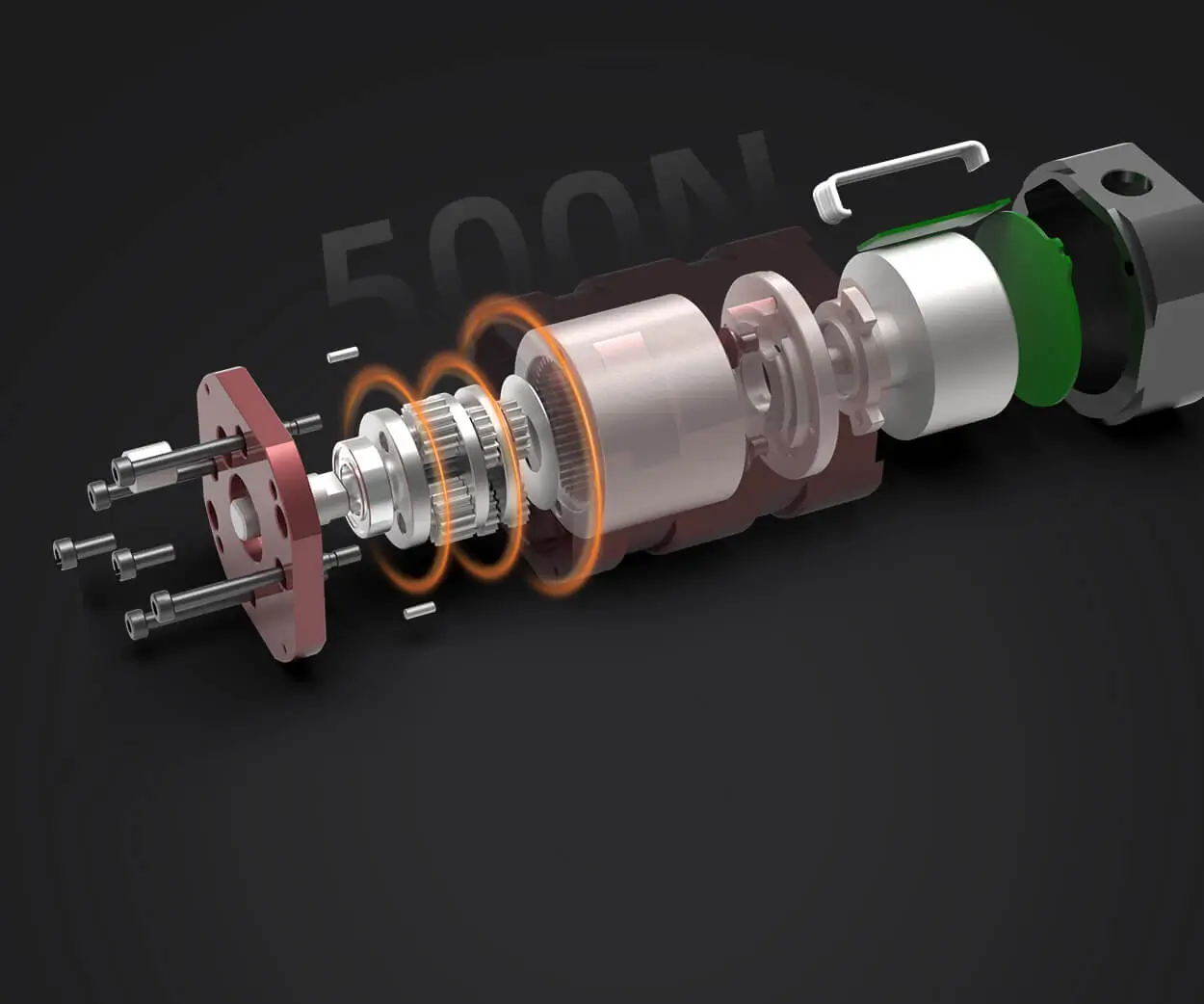Unlocking the Power of Arduino: The Ultimate Guide to Controlling Servo Motors
Imagine a world where you can make machines move precisely at your command — whether it’s a robotic arm picking up objects, a camera gimbal for smooth video, or a home automation system adjusting blinds automatically. At the heart of many of these innovations lies a tiny yet incredibly powerful component: the servo motor. When paired with an Arduino, a versatile microcontroller platform, controlling servo motors becomes not just achievable but exhilarating.

Understanding the Basics
Before diving into the programming, it’s essential to understand what a servo motor is and why it’s so beloved by electronics enthusiasts and engineers alike. Unlike simple DC motors that spin continuously when powered, a servo motor is designed to rotate to a specific position, based on signals it receives. This makes it ideal for applications requiring precise movement, like steering in a remote-control car or joint control in robotic arms.
A typical servo motor has a control wire, usually yellow or white, a power wire (red), and a ground wire (black or brown). The control signal is a PWM (Pulse Width Modulation) signal, which is a series of rapid on/off pulses where the duration of the “on” time determines the position of the servo’s arm.
Getting Started with Arduino and Servo Motors
To make your Arduino control a servo, you’ll need a few basics:
An Arduino board (Uno, Mega, Nano, etc.) A standard servo motor (like the SG90 or MG90S) A power supply suitable for your servo (sometimes, separate power from the Arduino is recommended) Jumper wires Breadboard for easy connections (optional but helpful)
Setting Up the Hardware
Connect the Servo to the Arduino: Connect the servo’s power wire (red) to the 5V pin on Arduino — check your servo specifications to ensure it operates at 5V. Connect the ground wire (black/brown) to the GND on Arduino. Connect the control wire (yellow/white) to a PWM-capable digital pin, commonly D9 or D10 on Uno. Power Considerations: For small servos, powering directly from the Arduino is usually fine. For larger servos, connect the power wire to an external 5V supply and make sure grounds are connected together to establish a common reference.
Programming Your Servo: The First Steps
Once the hardware is in place, it’s time to program the Arduino. The Arduino IDE has a dedicated library for servo control, making life easier for beginners and pros alike.
Here's a simple snippet to test a servo:
#include Servo myServo; void setup() { myServo.attach(9); // Attach servo to pin 9 } void loop() { myServo.write(0); // Move to 0 degrees delay(1000); myServo.write(90); // Move to 90 degrees delay(1000); myServo.write(180); // Move to 180 degrees delay(1000); }
This code moves the servo to 0°, then 90°, then 180°, pausing a second at each position. The Servo library simplifies the process, turning complex PWM signals into straightforward commands.
Part 2 will delve into more advanced control techniques, integrating sensors, and customizing your servo projects for real-world applications.
Established in 2005, Kpower has been dedicated to a professional compact motion unit manufacturer, headquartered in Dongguan, Guangdong Province, China.




































